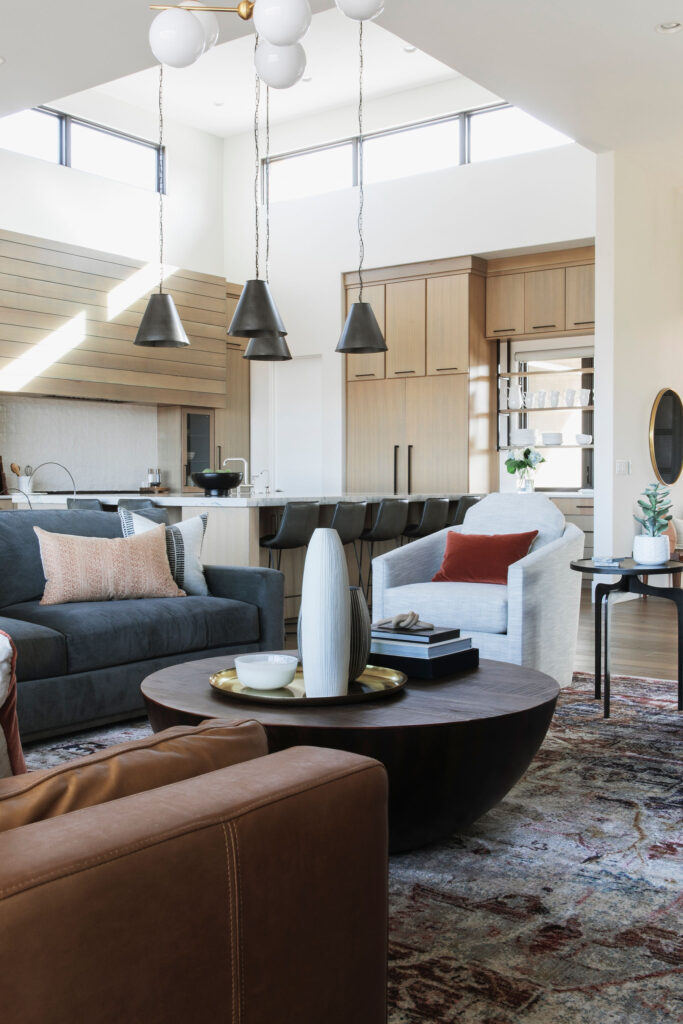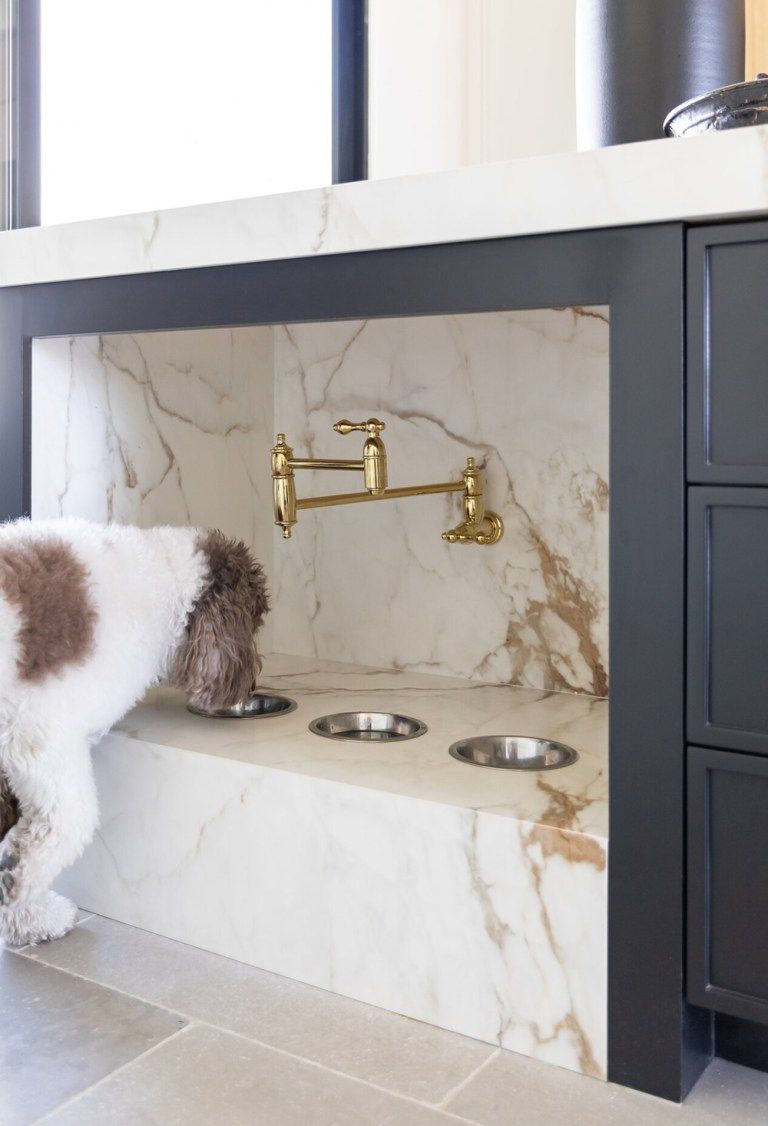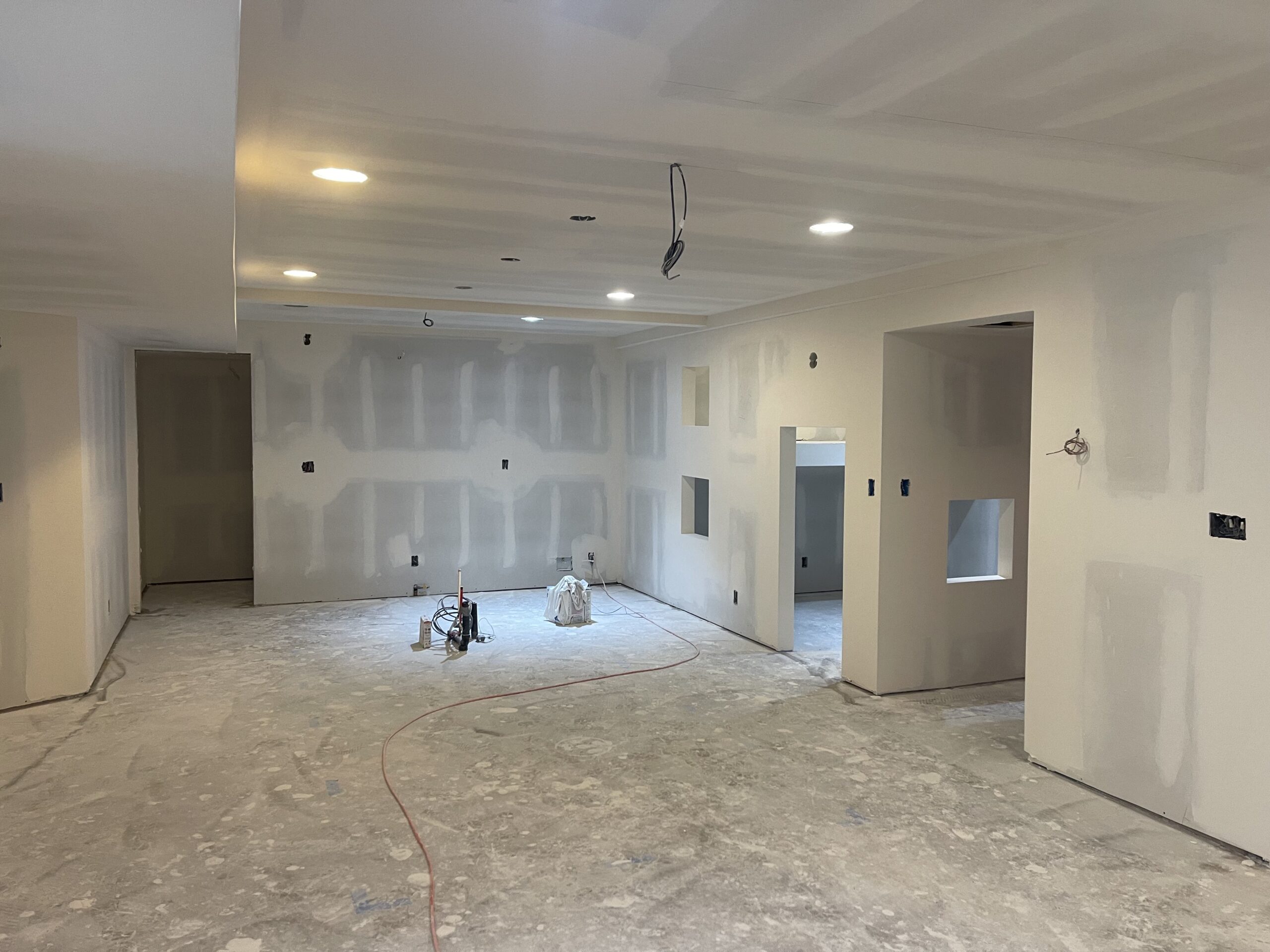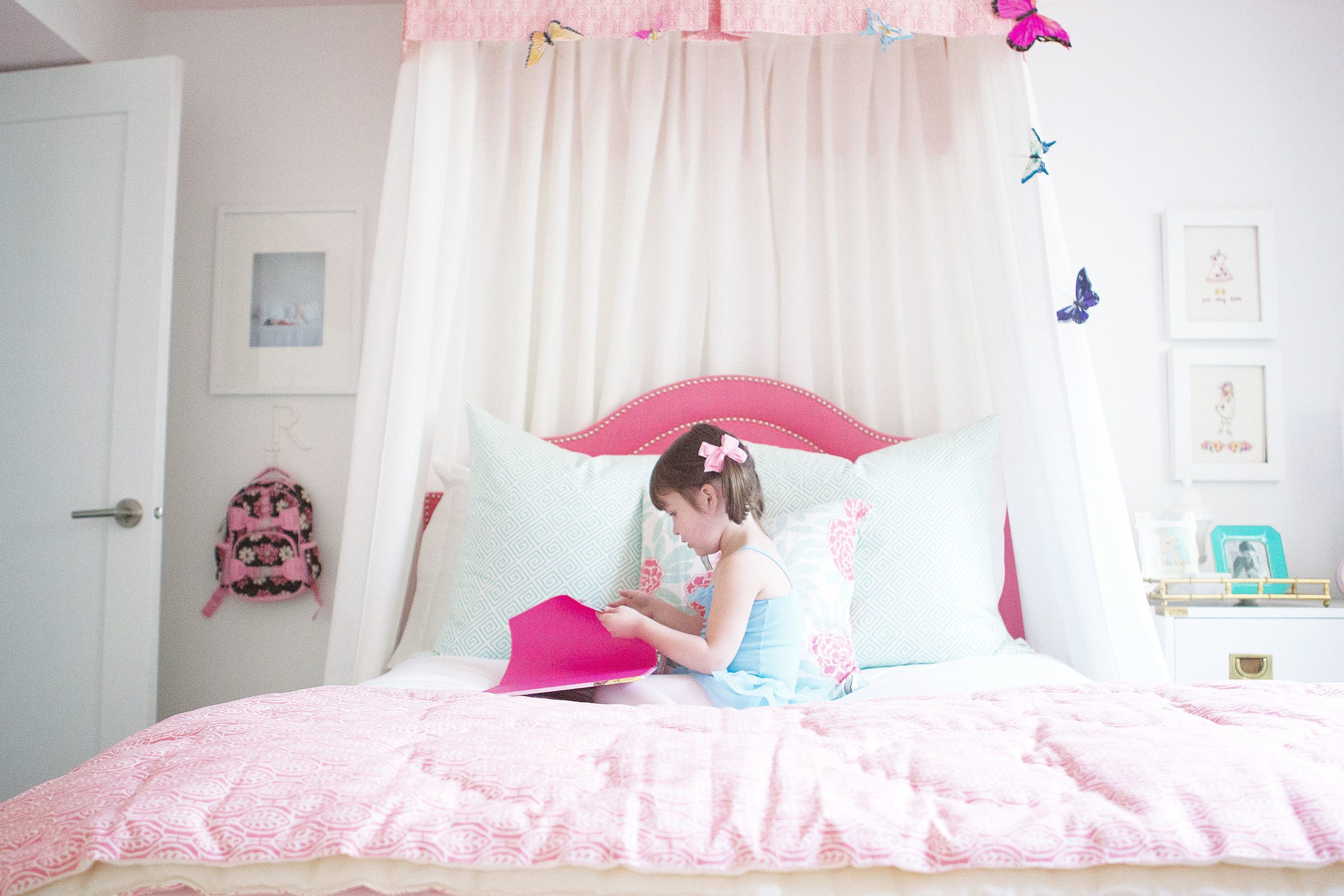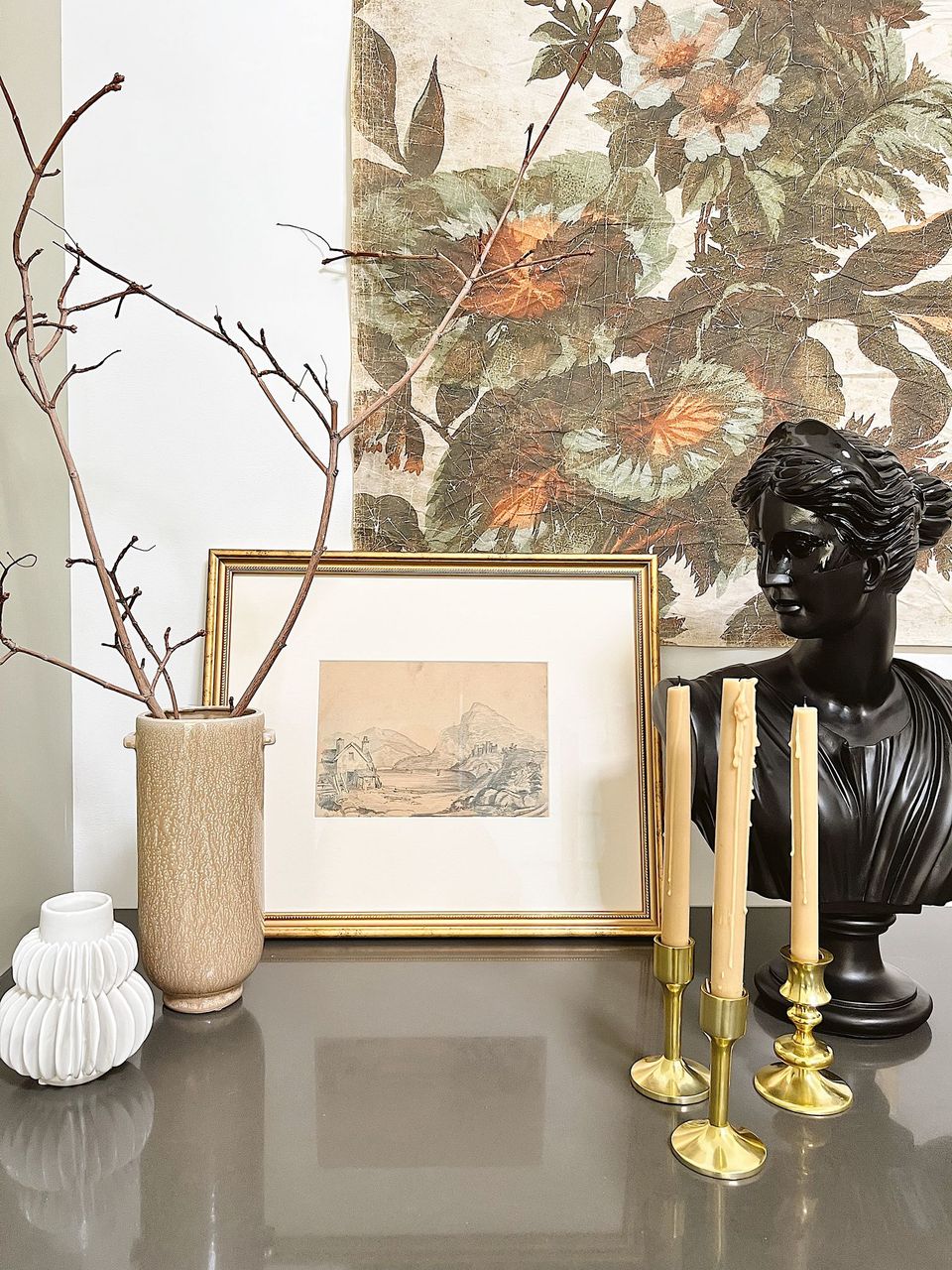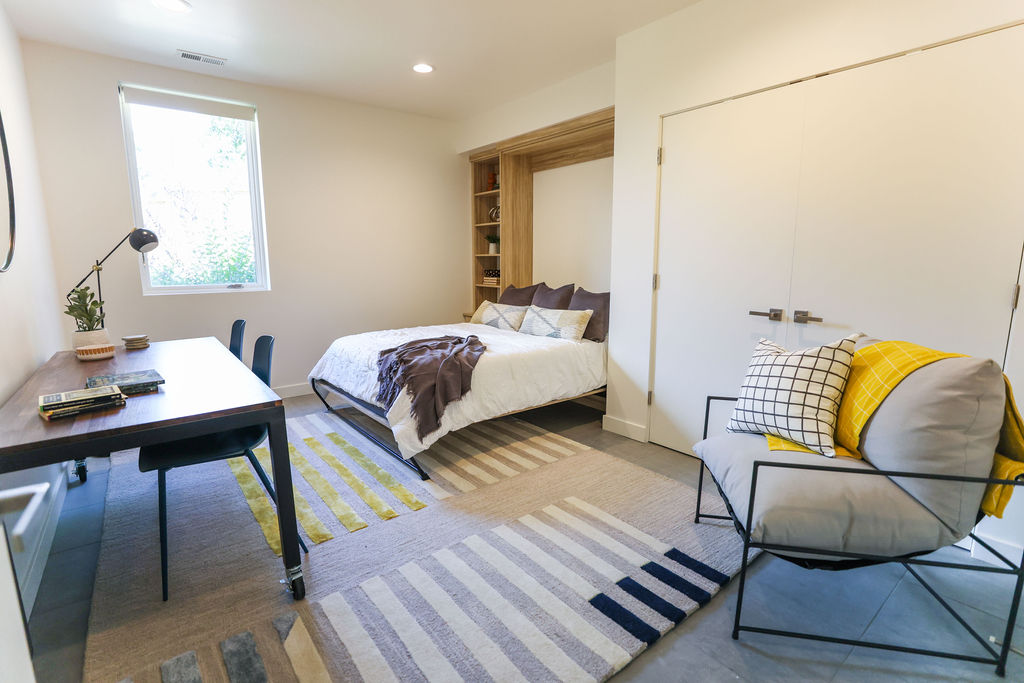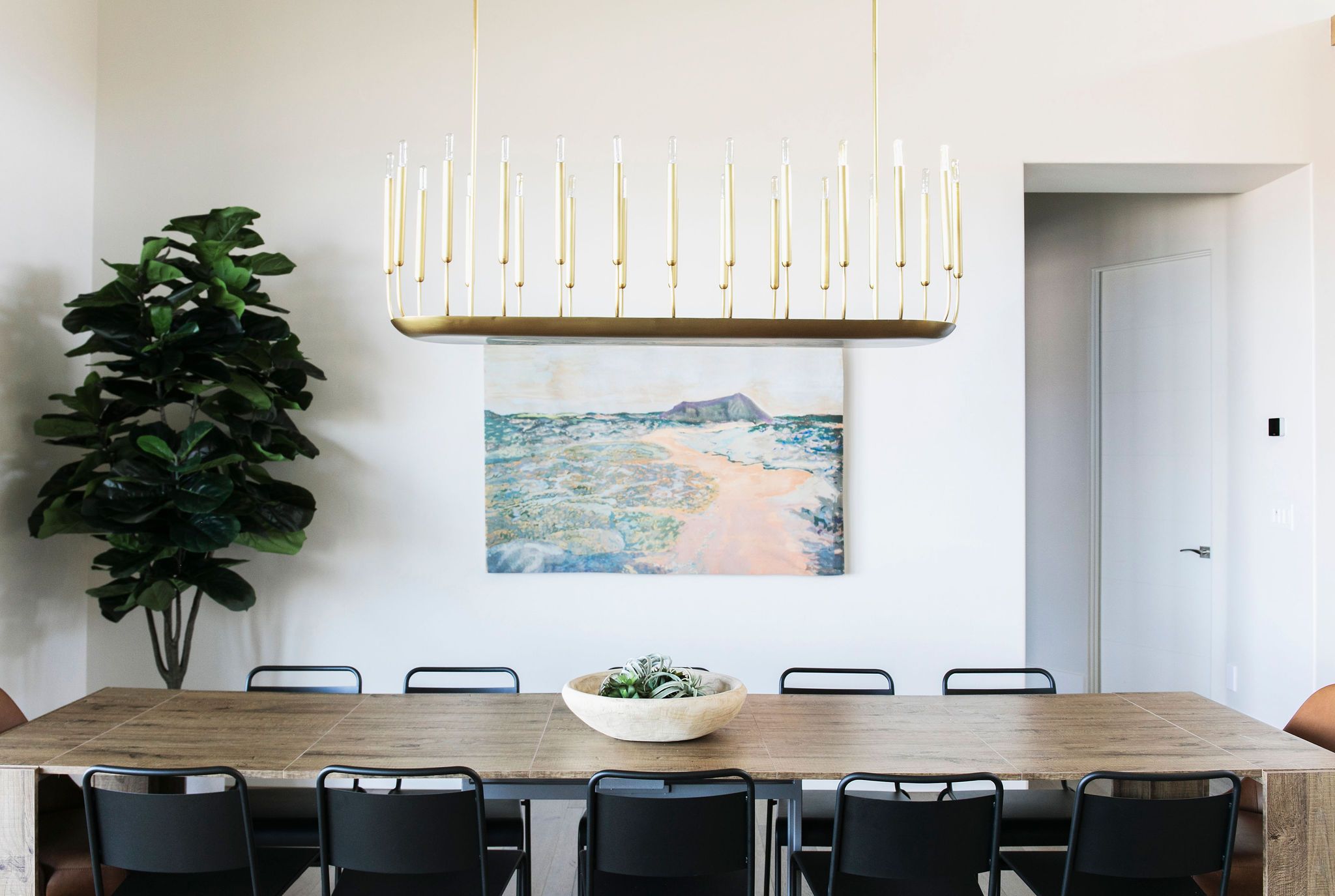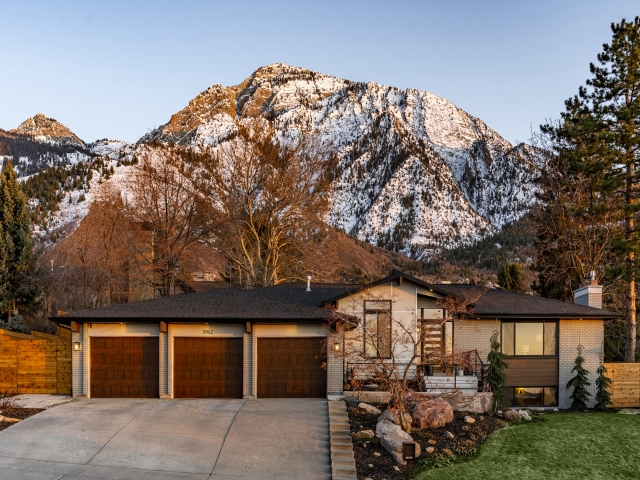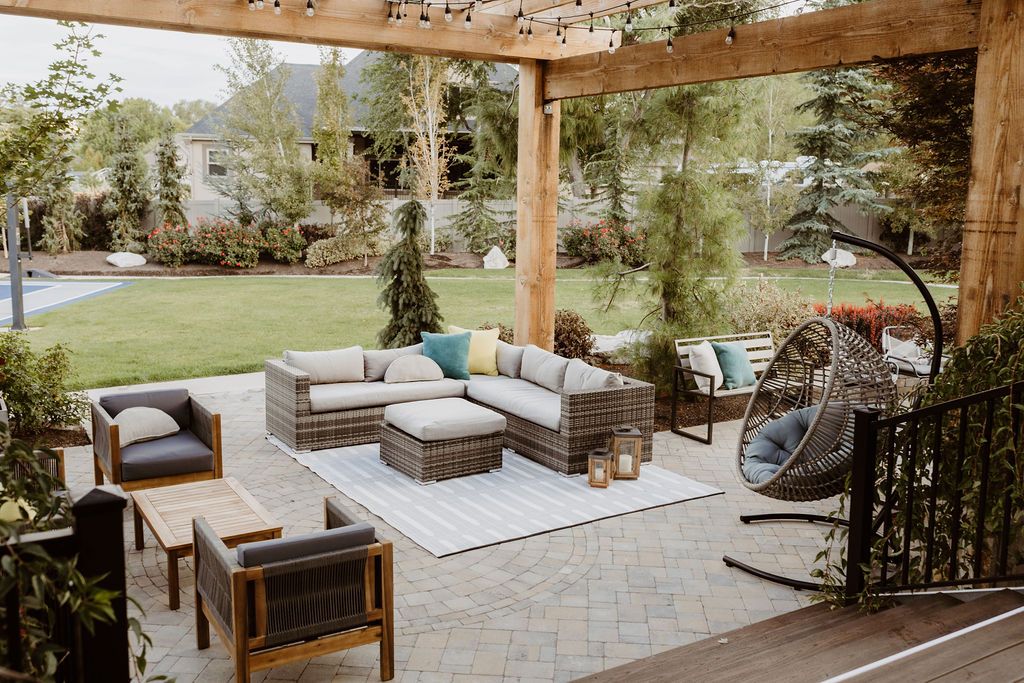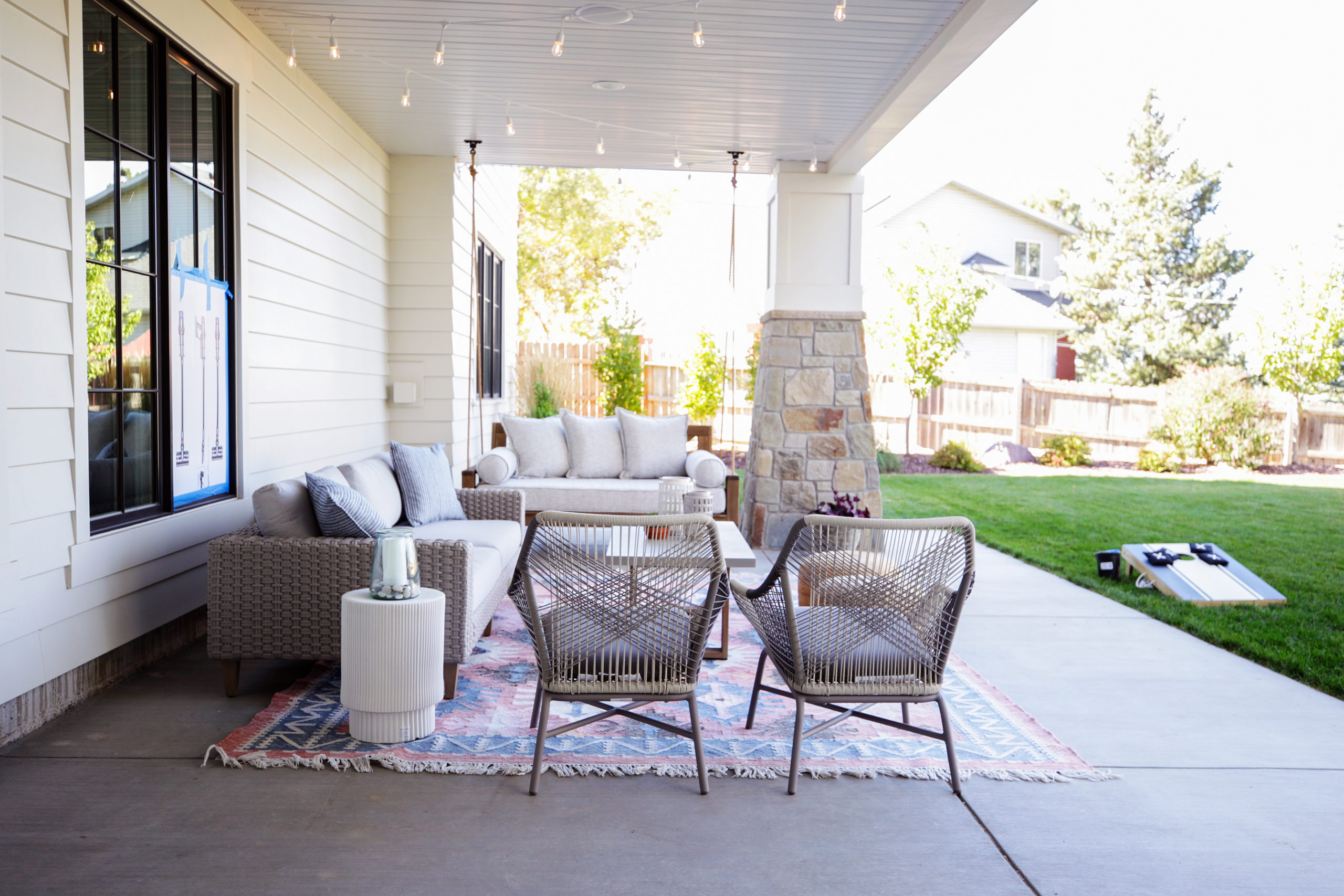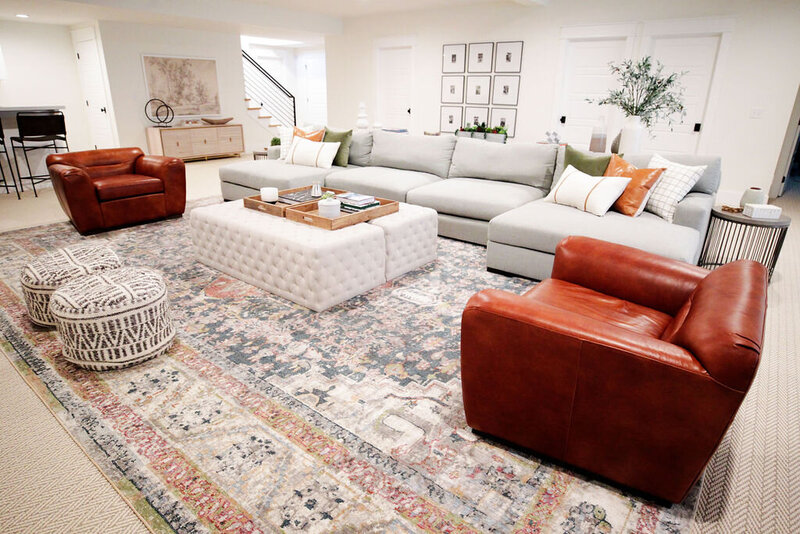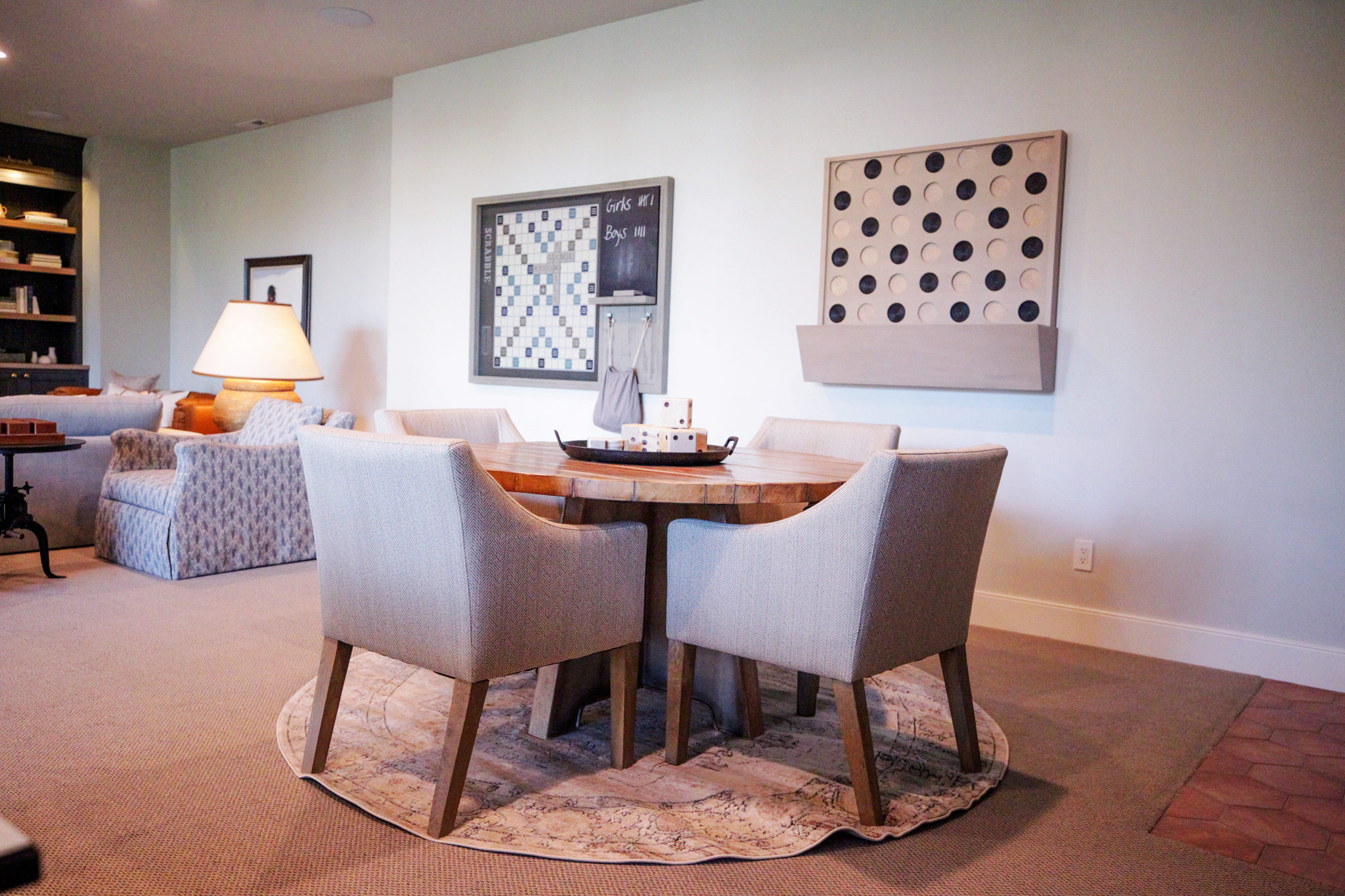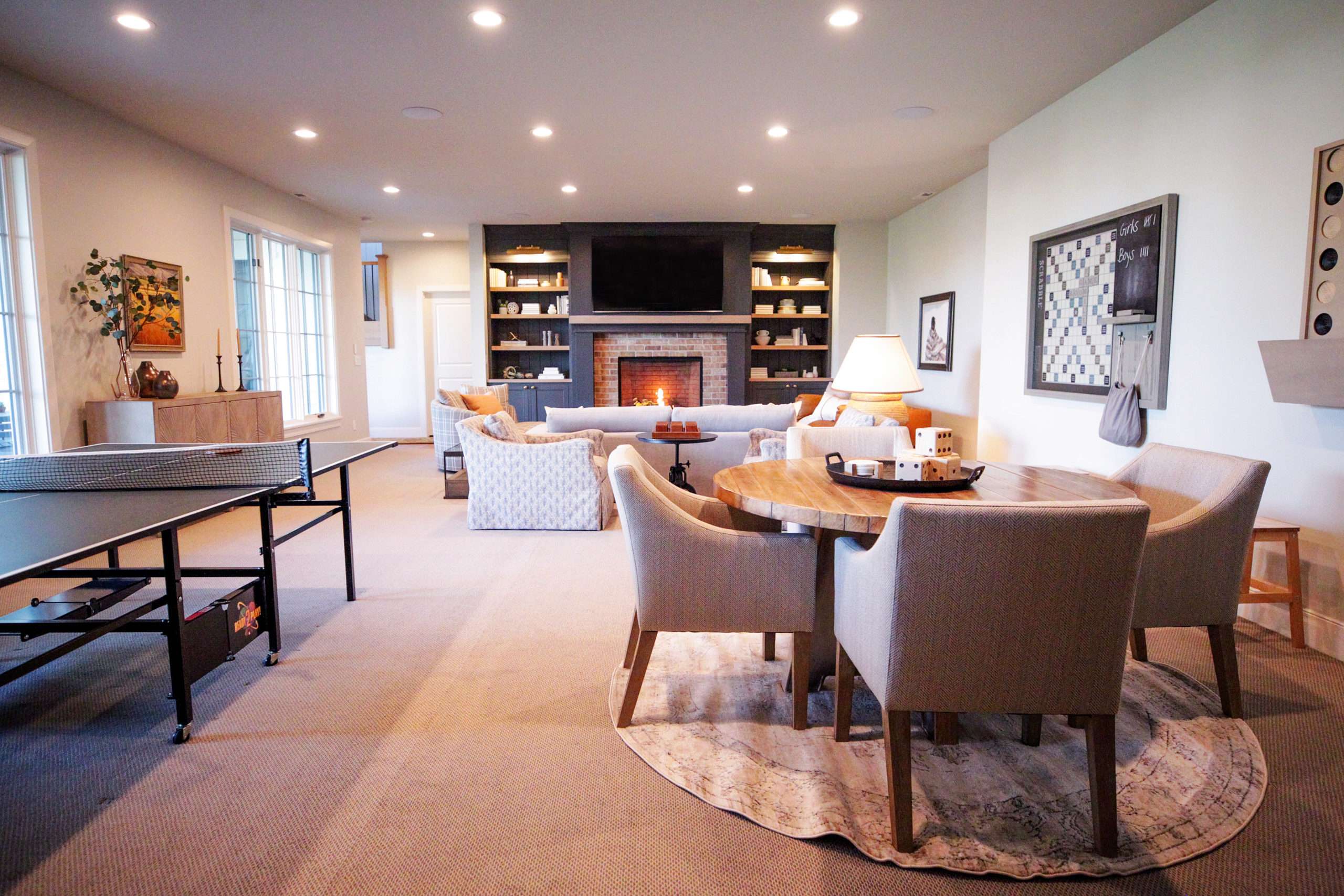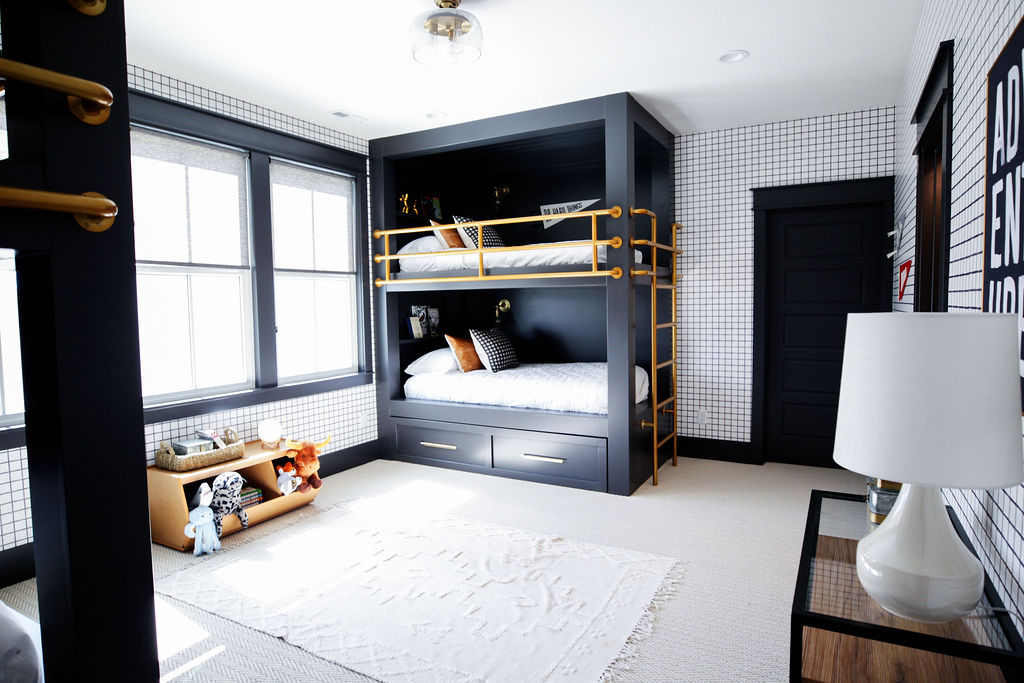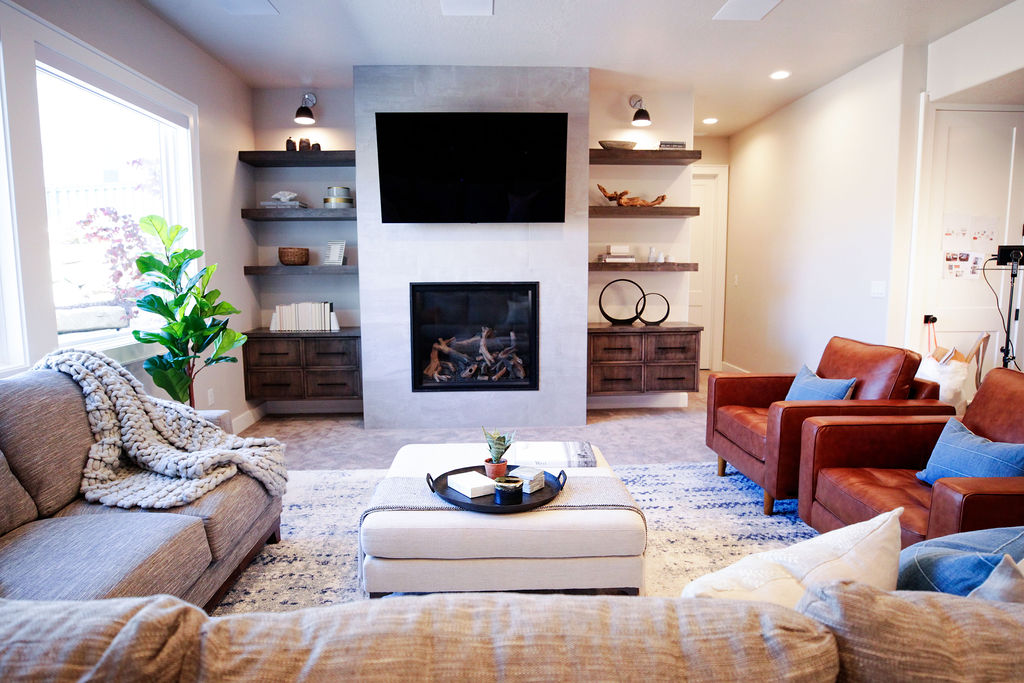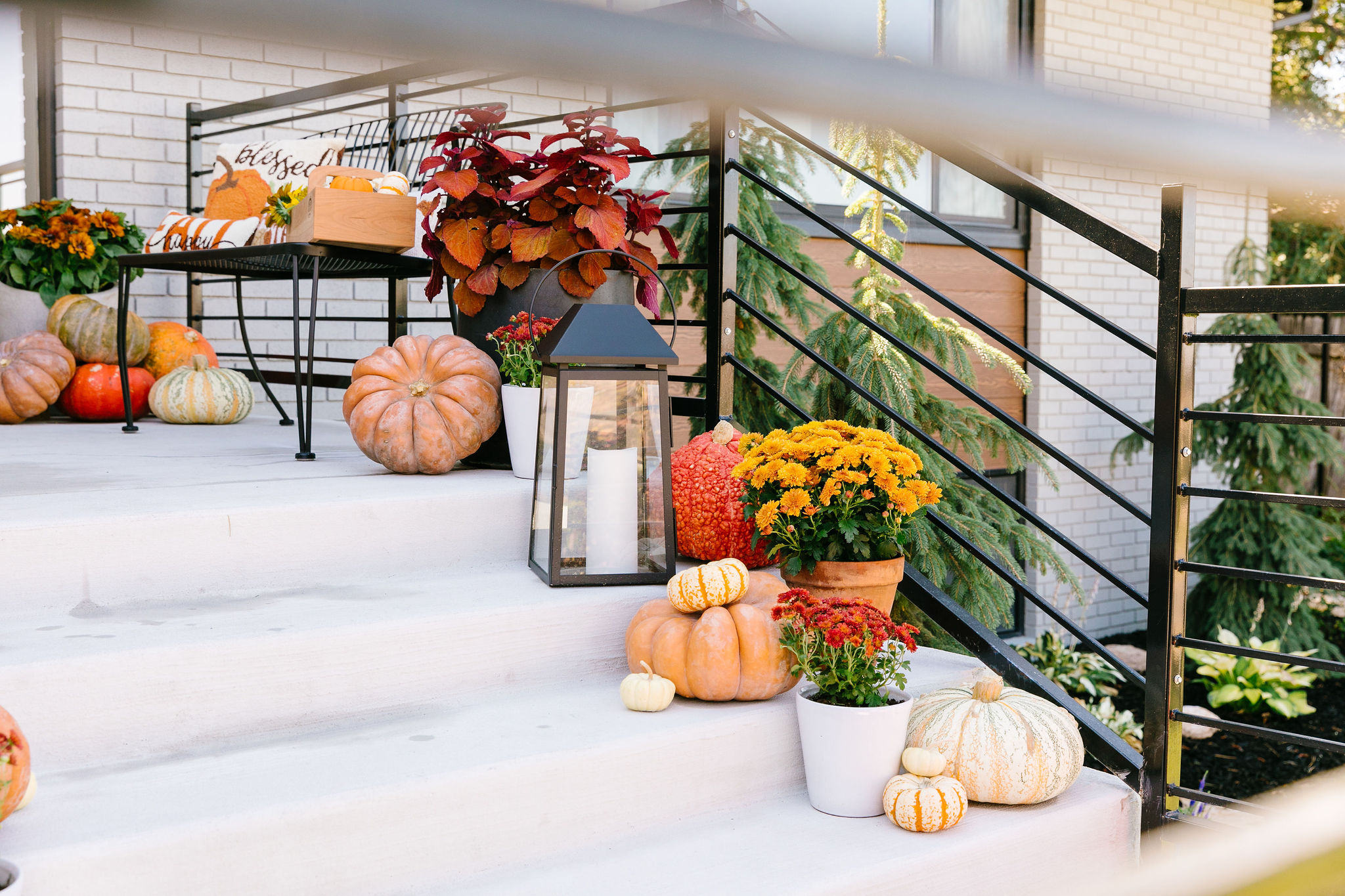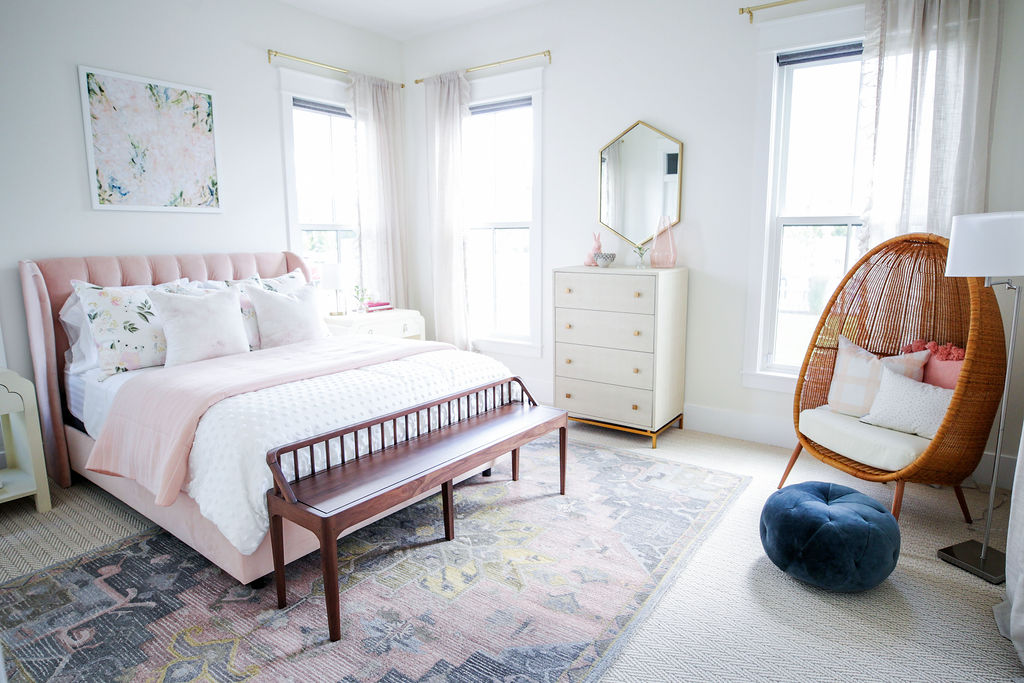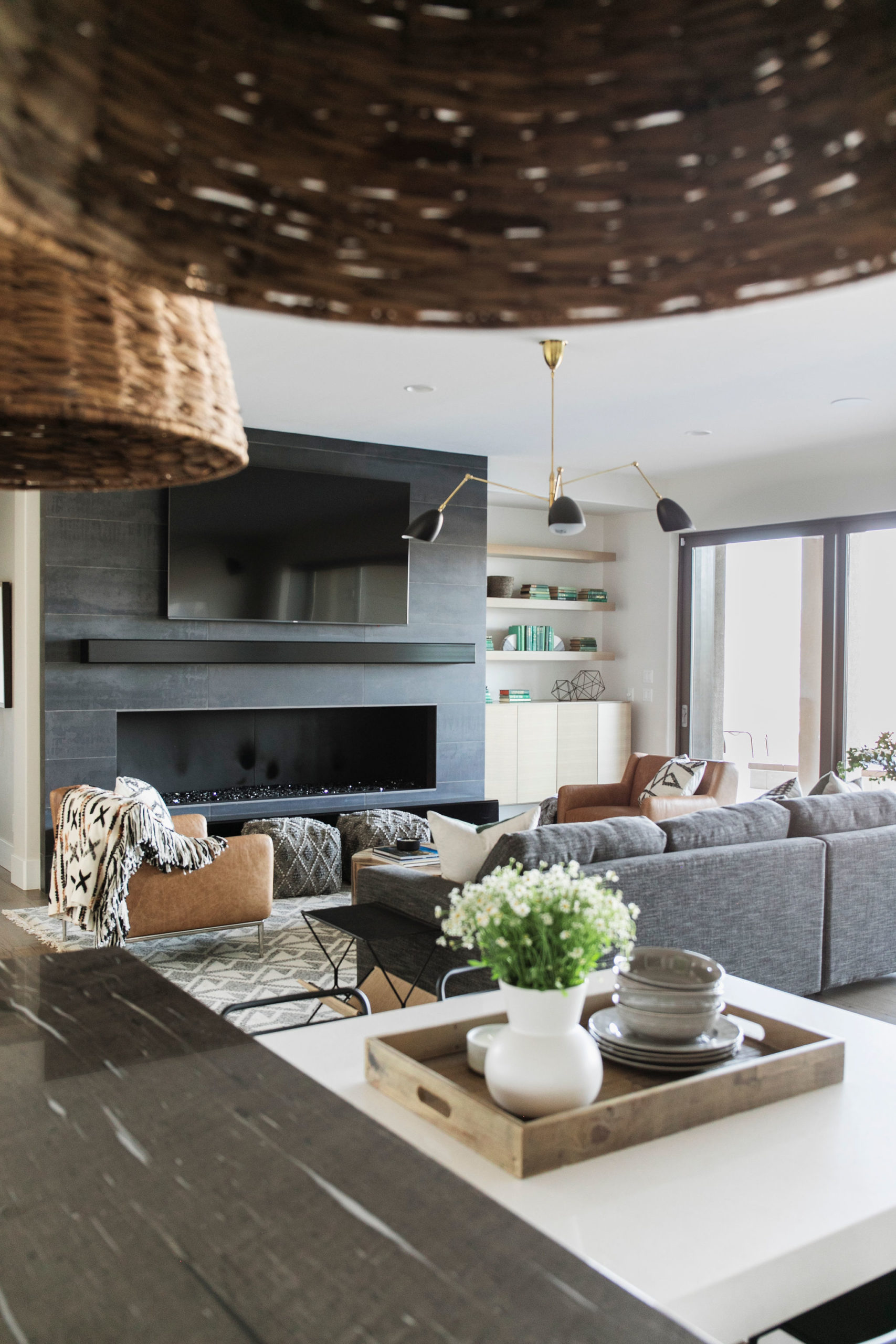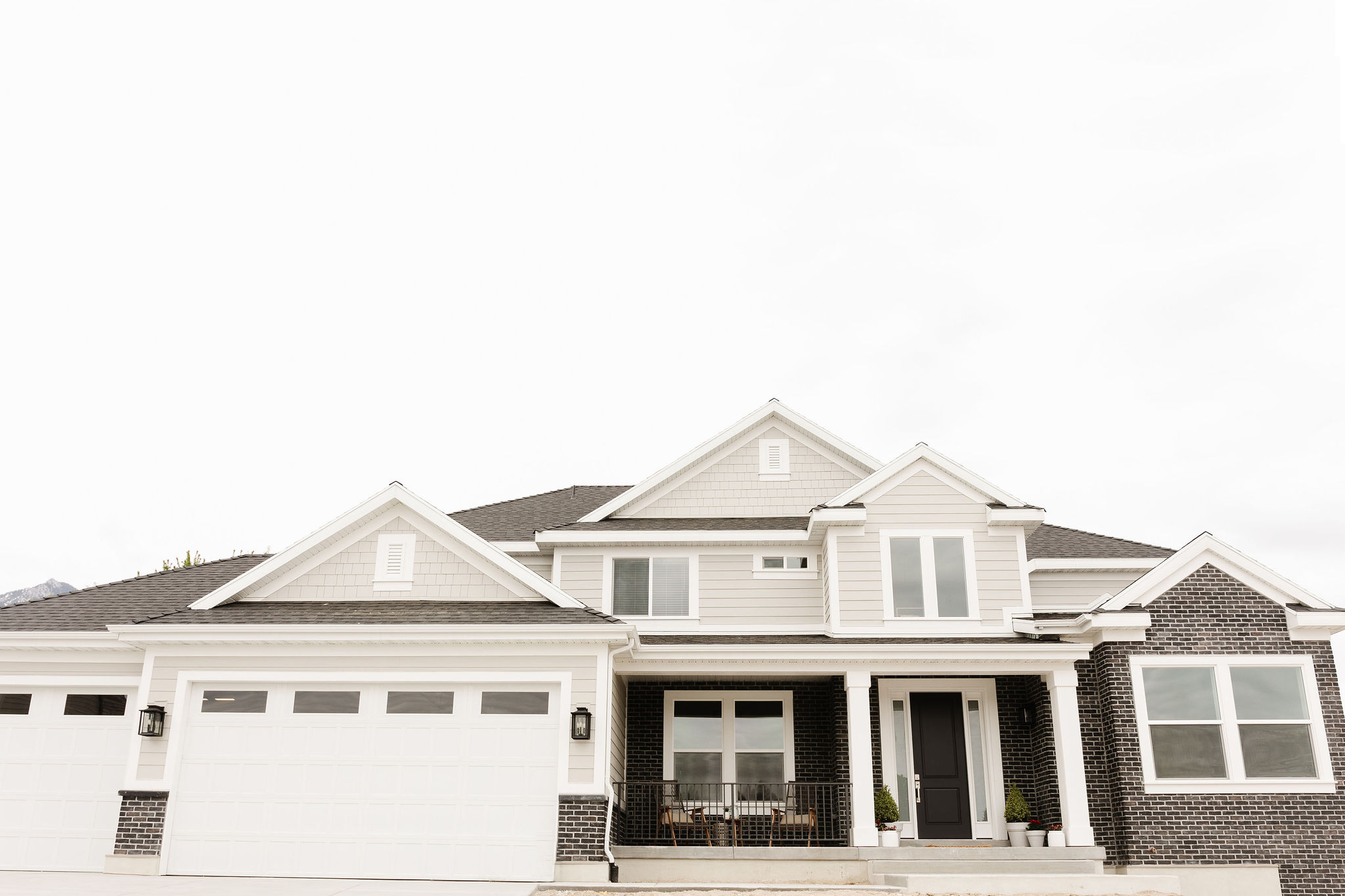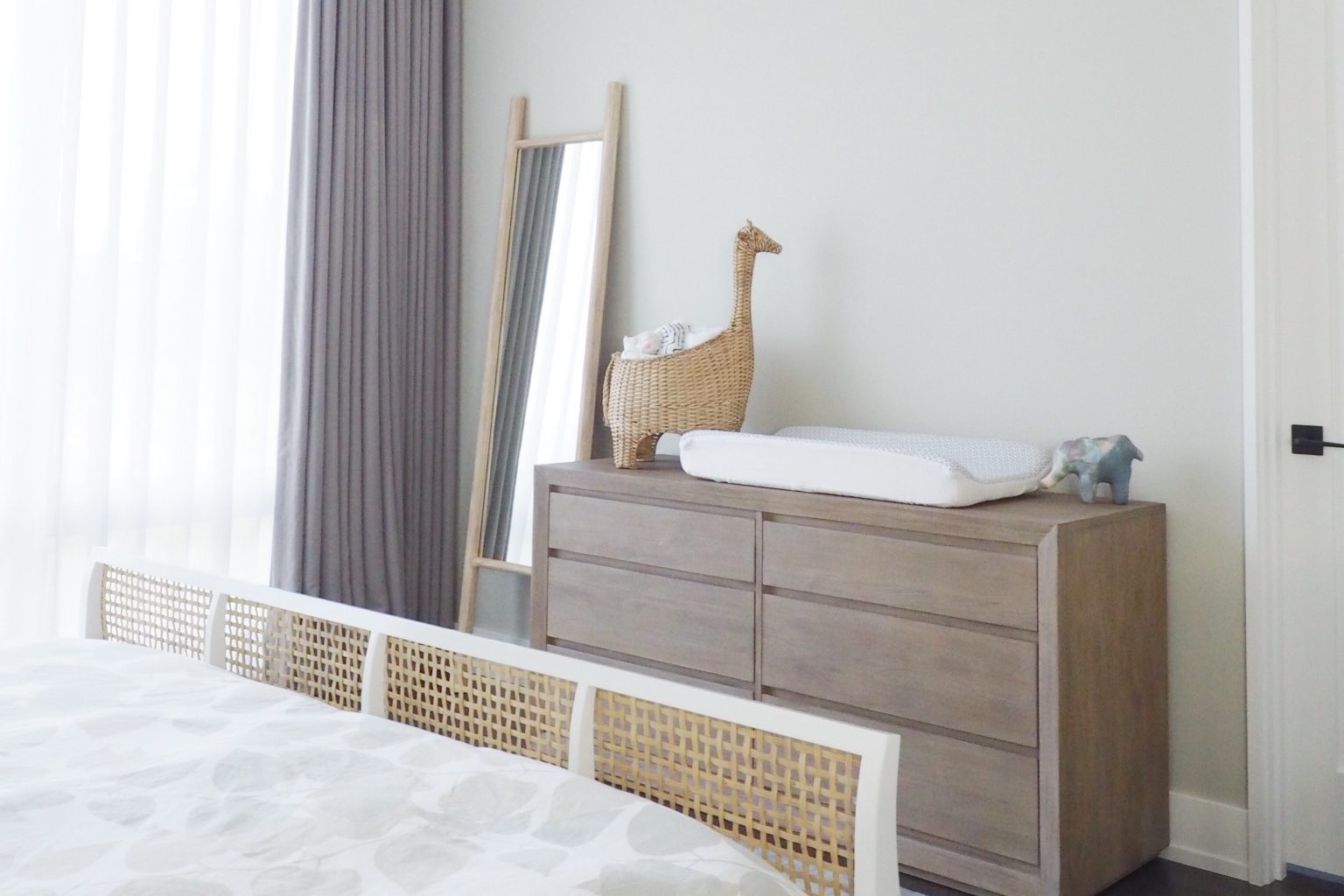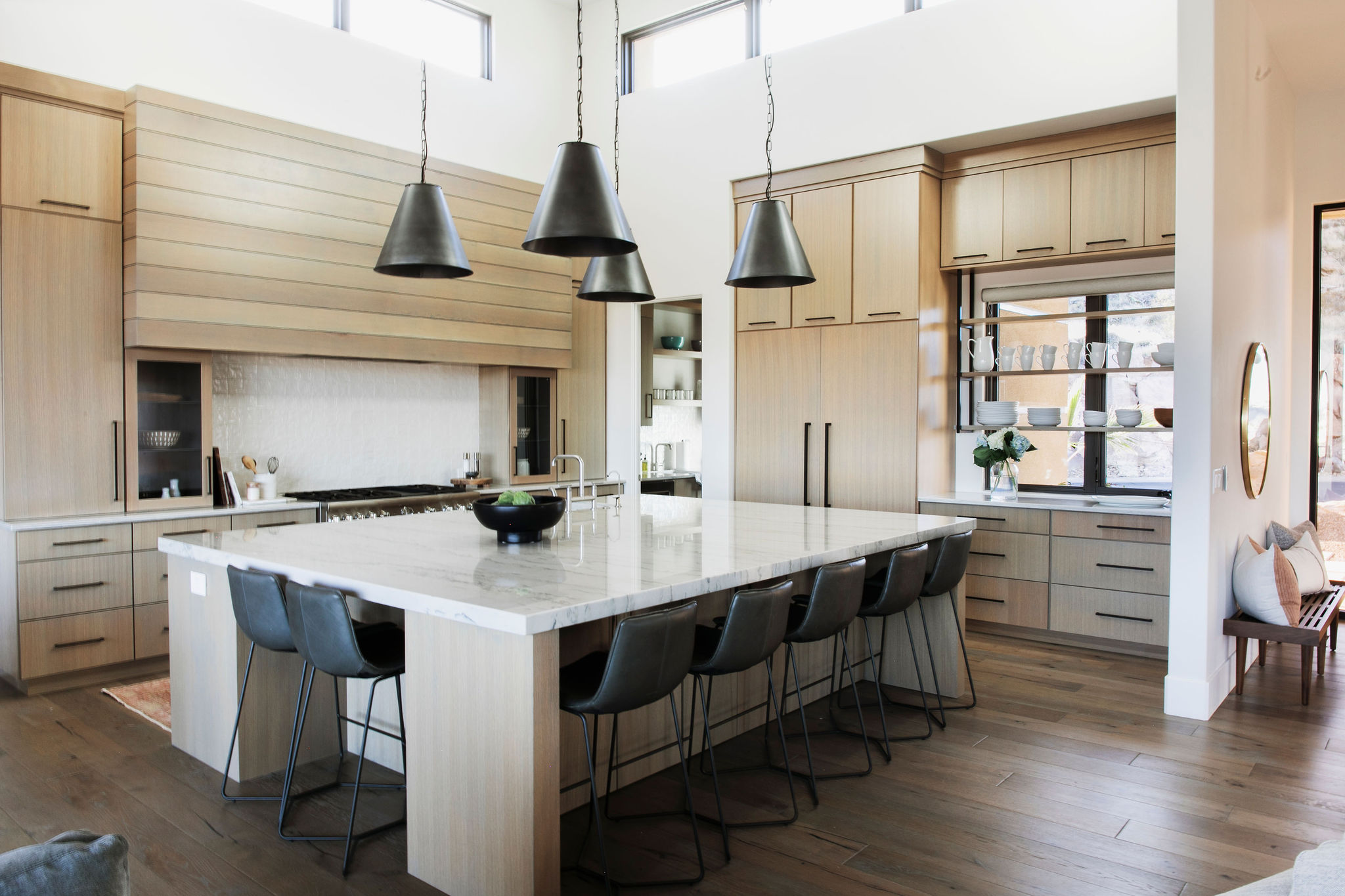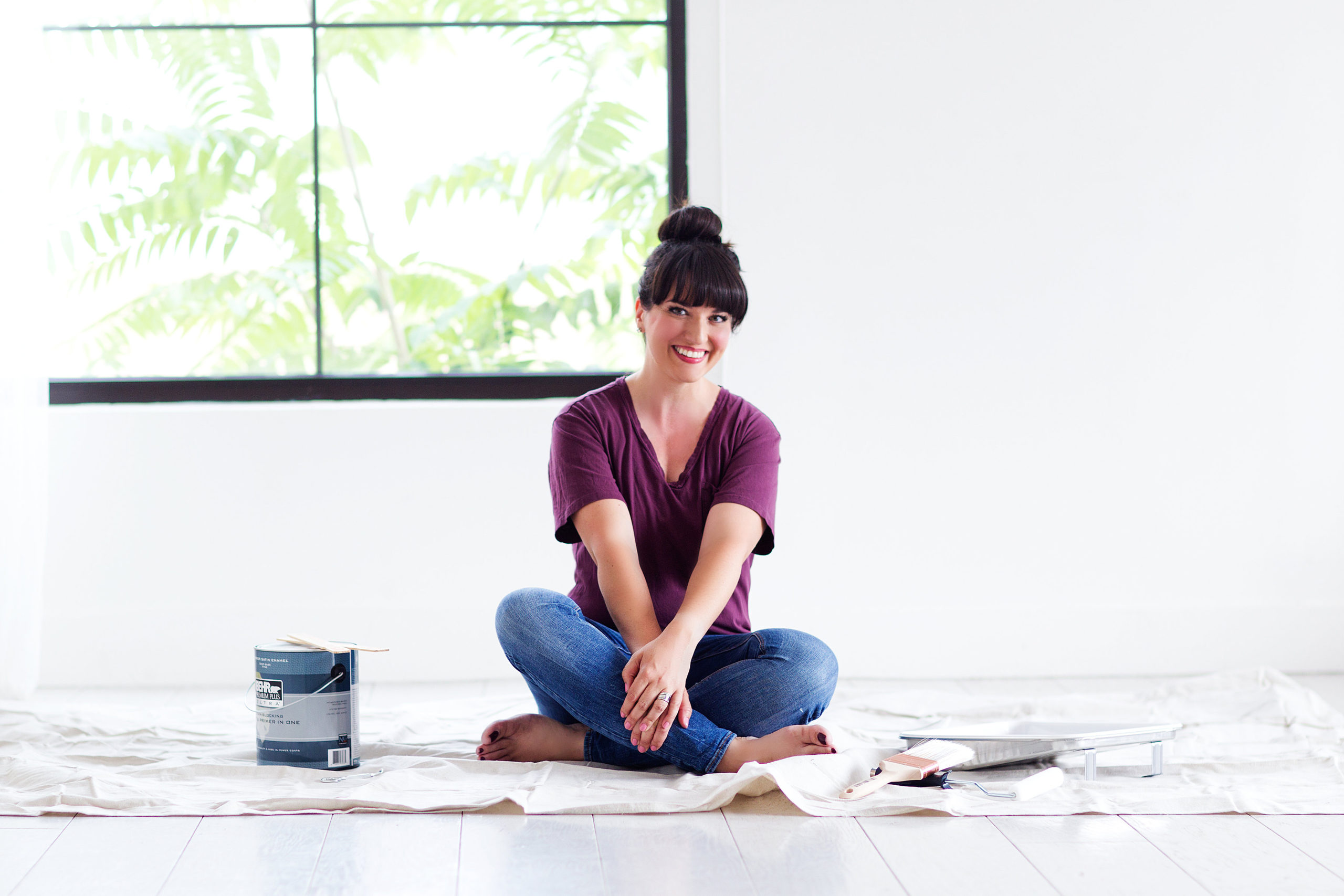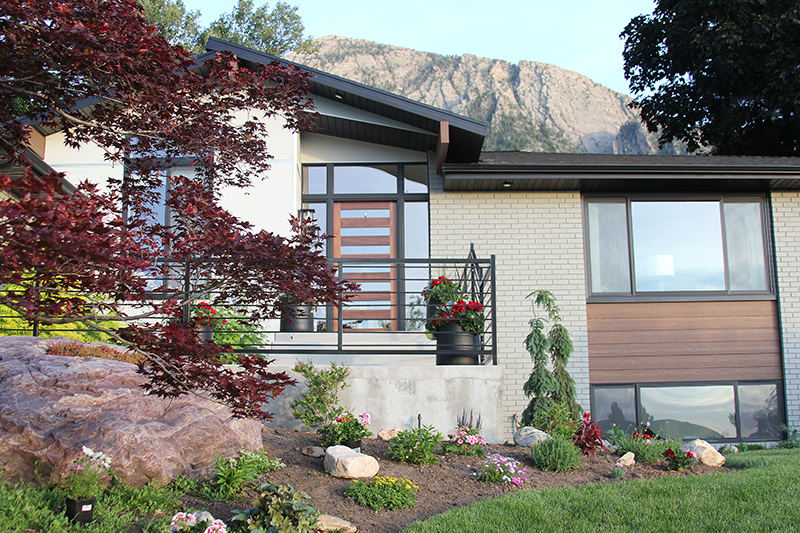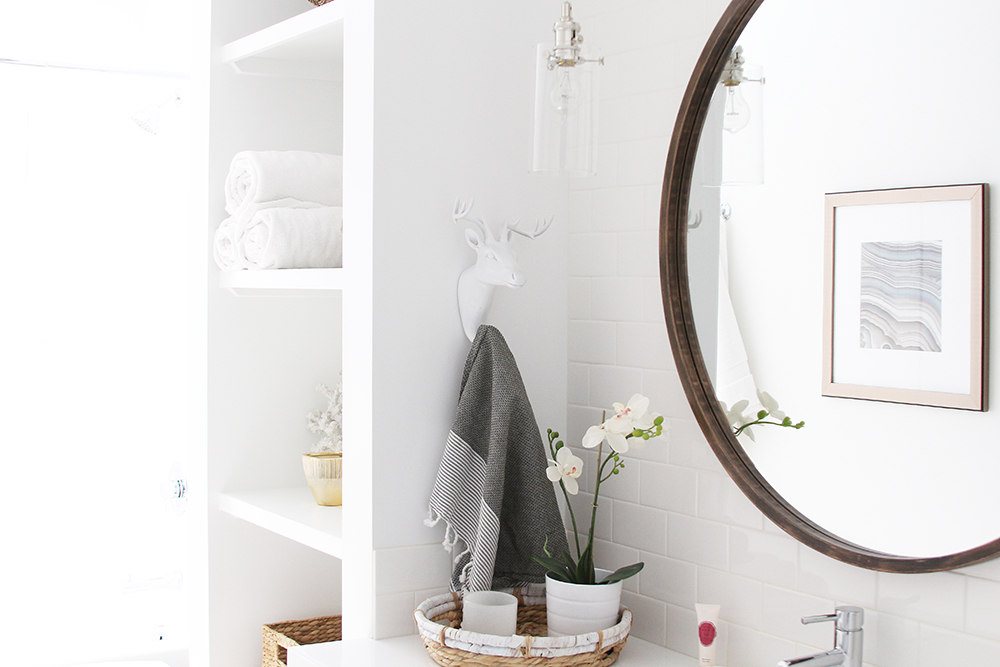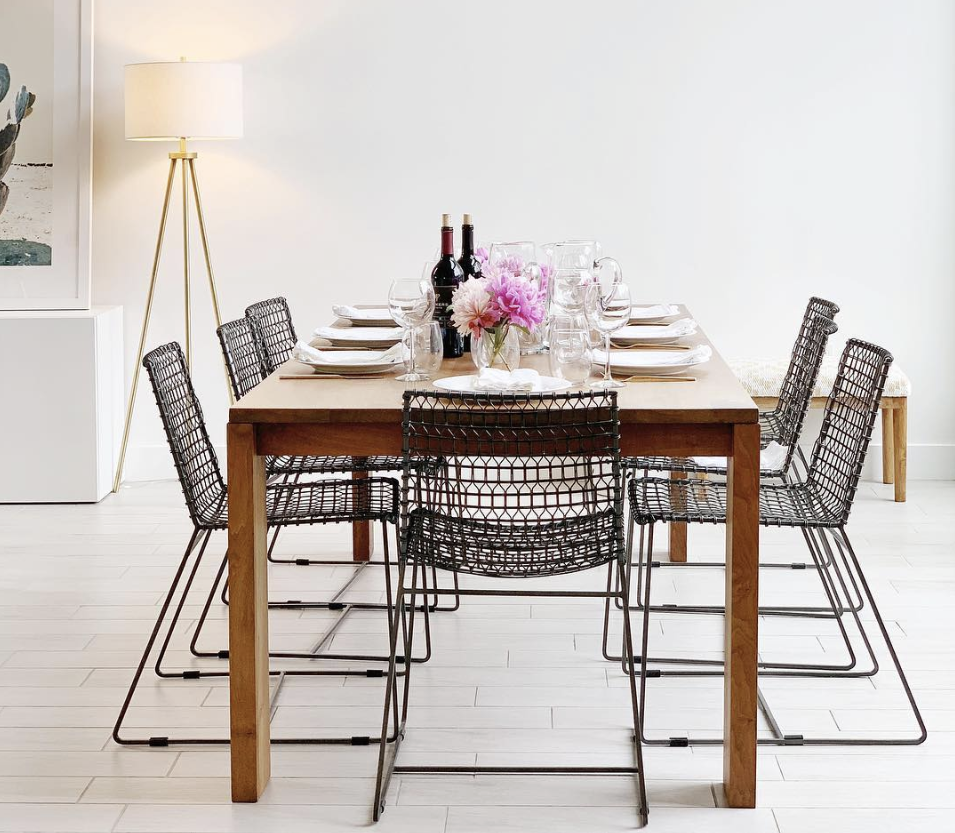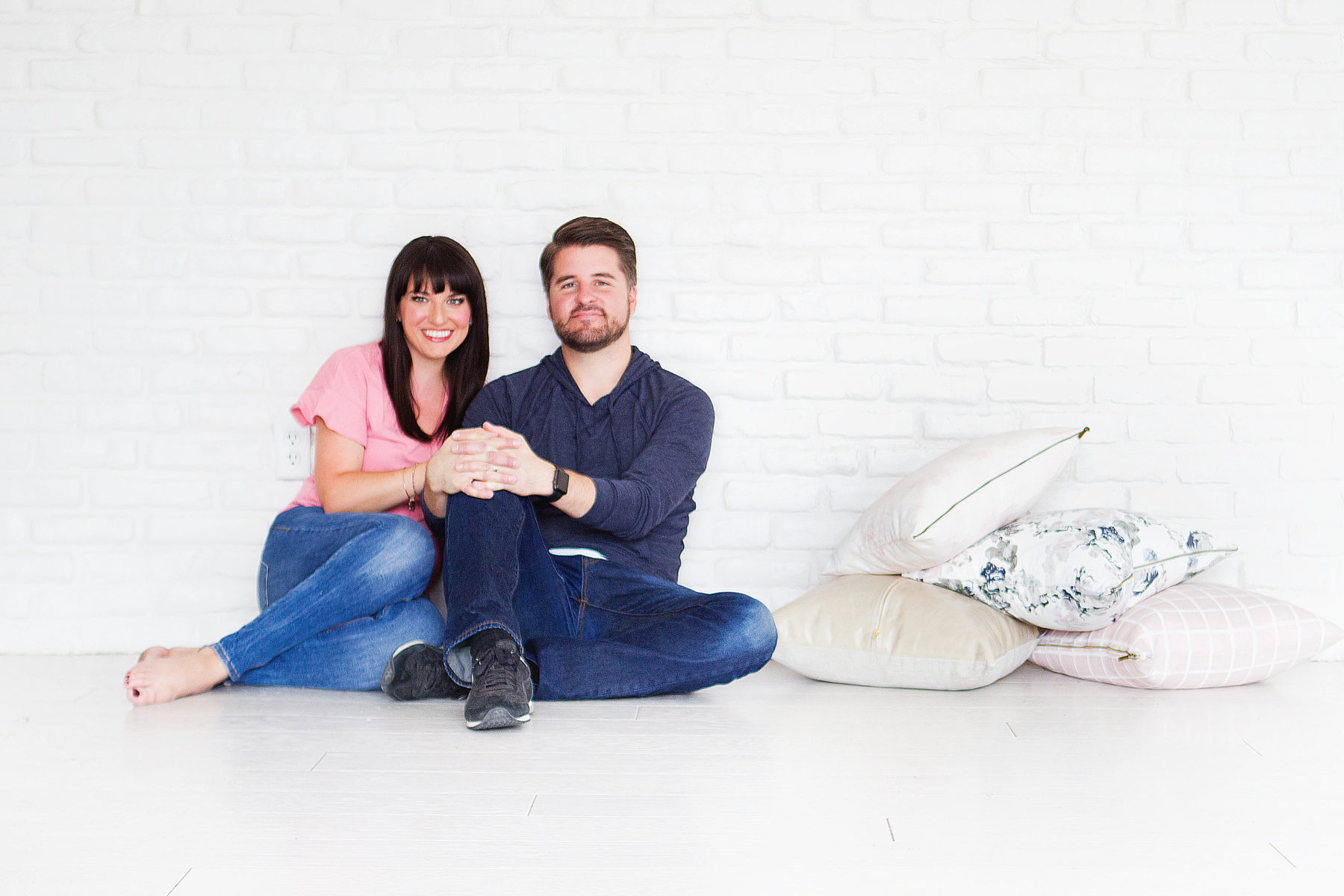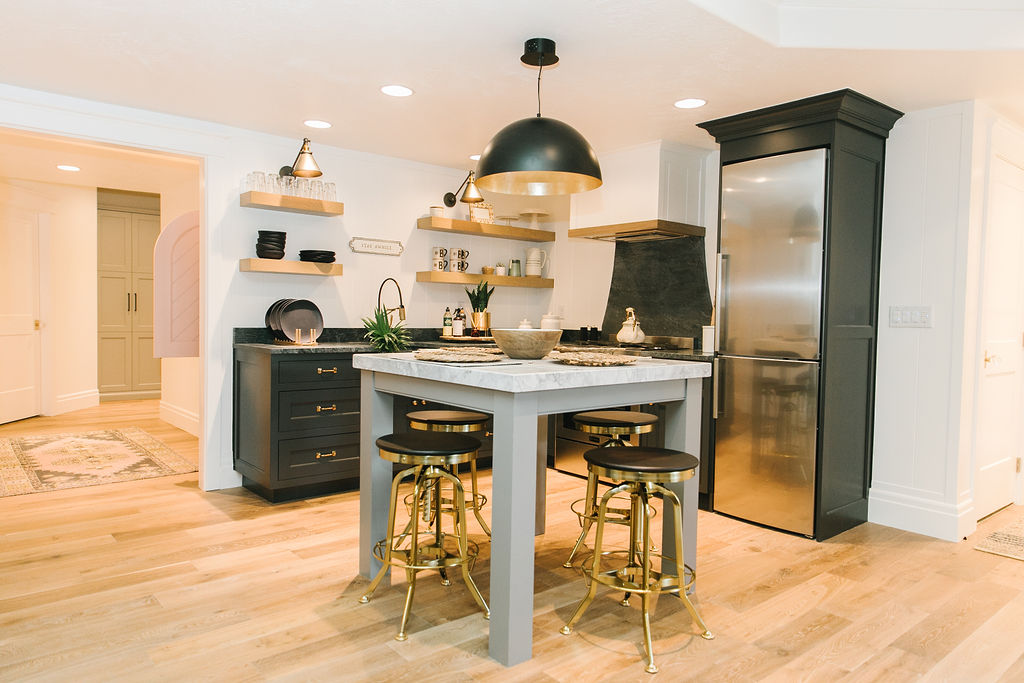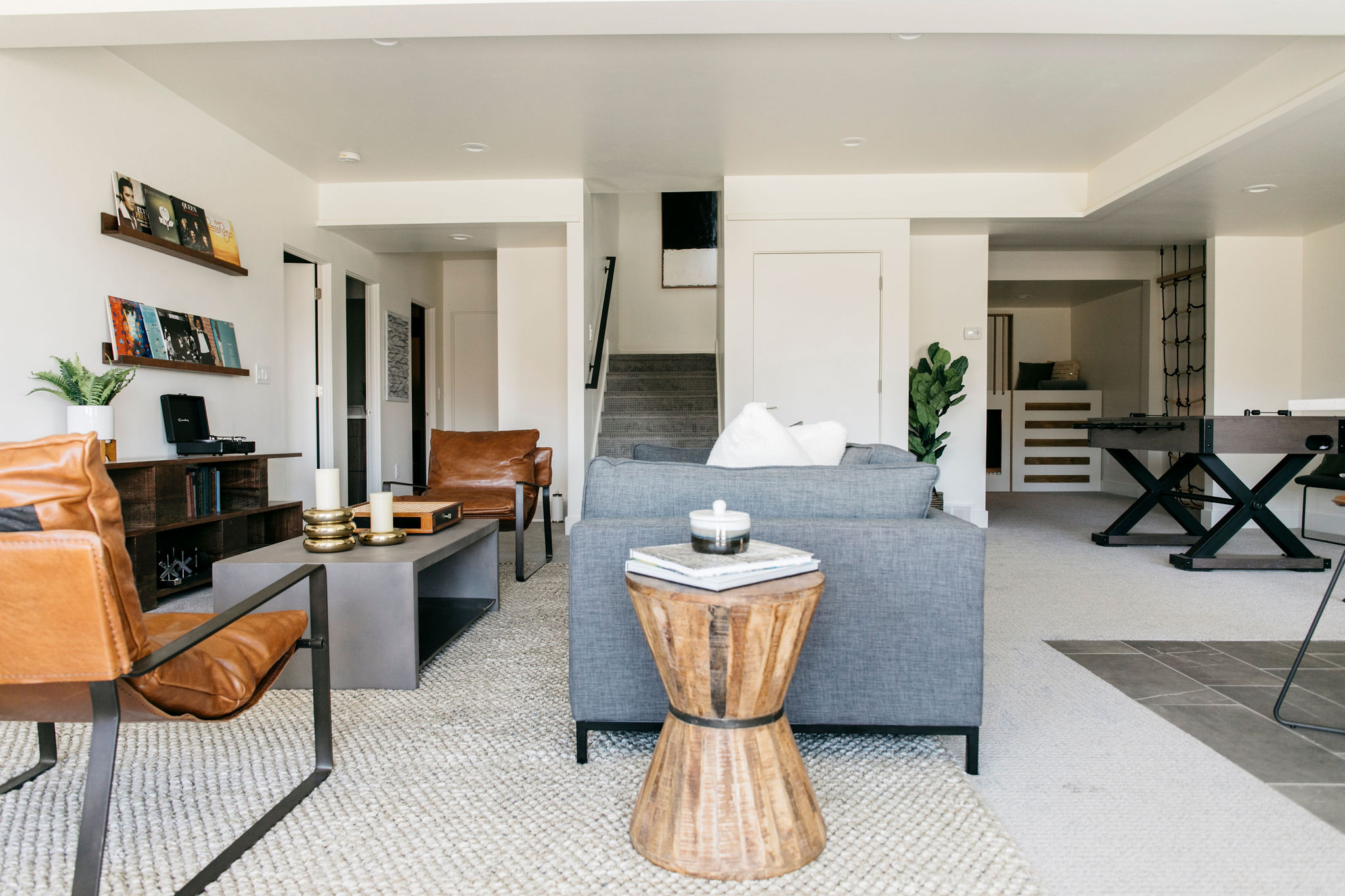How to Create a Cohesive Look & Feel Through Your Home
May 18, 2023
Here at Stagg Design, we’re passionate about helping you create a cohesive look and feel through your home. Regardless of your individual design style, we believe that you can create a space you truly love and achieve your desired aesthetic throughout every corner. In this post, our team is sharing our top tips to help you define your design style, maintain a consistent color palette throughout your home, establish a unified direction and overarching vision, and create that curated designer look and feel.
Tip #1: Define Your Design Style
Gather Inspiration
Begin by collecting images that appeal to you. Look for common themes, color schemes, patterns, and textures in the images you’ve collected. Pay attention to furniture styles, architectural details, materials, color palettes, and overall aesthetics. This will help you identify the characteristics you are drawn to and pinpoint your design style.
Consider your lifestyle and personality
Reflect on your lifestyle and the way you want your space to function. Do you prefer a minimalist and clutter-free environment, or do you lean towards a cozy and eclectic style? Consider your personality traits, hobbies, and how you envision using each room. Your design style should align with your lifestyle and reflect who you are.
Explore different design styles
Familiarize yourself with various design styles, such as modern, traditional, coastal, transitional, or mid-century modern. Research the characteristics, key elements, and history of each style. See if any resonate with your preferences and align with the style of your home. The key is to create a space that reflects your personality, brings you joy, and makes you feel at home.

Tip #2: Carry a Cohesive Color Palette Throughout Your Spaces
Choose your dominant colors
Select one or two dominant colors that will be prominent throughout your home and weave them through each room. These colors will create consistency and tie different rooms together. Before committing to a color palette, test paint samples in different lighting conditions within your home. Colors can appear differently depending on natural light, artificial light, and time of day. Sampling allows you to see how colors interact with your existing furnishings and decor.
Create a Palette
Once you have established your dominant colors, select a few accent colors to compliment and round out your palette. Accents can be used sparingly to create pops of color in specific areas or woven through your accessories such as throw pillows, artwork, or rugs.
Instead of sticking to a single shade of a color, incorporate different shades and tones within your chosen color palette. This adds depth and visual interest to your space while maintaining the overall cohesiveness.
Consider transitions
Pay attention to the flow between rooms. Make sure the colors transition smoothly from one space to another. You can achieve this by selecting colors with similar undertones or by using a specific color in varying intensities throughout adjacent rooms.
Remember, a cohesive color palette doesn’t mean everything has to match perfectly. It’s about finding a balance and creating a visual flow throughout your home. By implementing these tips, you can achieve a harmonious and unified look that ties your space together beautifully.
Tip #3: Create a Direction Board for the Overall Vision of Your Home
Creating a direction board for your entire home with inspiration photos can help you zoom out and view the space as a whole. From there, break it down room by room so you can start to consider the details of each space. You’ll be able to see how each room works together and compliments the overall vision and feel you’re going for. We do this for every Stagg Design client project and we refer back to these boards to help guide our decisions throughout the entire design process.
Tip #4: Don’t Be Afraid to Take Time to Create the Space
A curated space is a cohesive space. Don’t just purchase items to fill a space or shelf. Be thoughtful and patient to find the right furniture pieces and decor items. Too often people are anxious to fill an empty corner in their room or bare shelf and purchase the first on sale or easy items they find. Then the entire space tends to look disjointed and like an after thought. It’s not a bad thing to leave the corner empty until you find the right piece of furniture or item. You’ll want to layer in collected pieces over time to create a lived-in home with dimension.


















